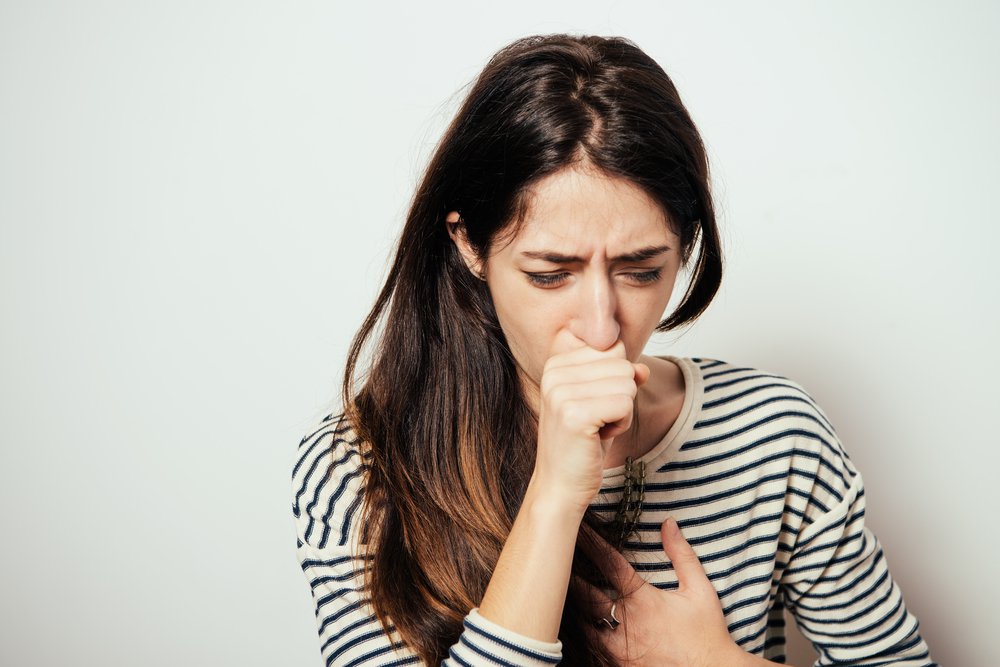Perhaps you were never a smoker or you gave up many years ago. However, you can still be susceptible to COPD, or chronic obstructive pulmonary disease. That’s the general word for a variety of lung conditions that can occasionally cause impairment or even death. “Approximately 80% of COPD cases are associated with smoking, but 20% are not,” explains Dr. Bartolome Celli, a pulmonologist at Brigham and Women’s Hospital, which is connected with Harvard University.
Diseases and symptoms
Emphysema, severe asthma, chronic bronchitis, or a combination of these disorders are included in COPD. They result in lung tissue and airway inflammation, destruction, or aberrant healing, which lowers airflow and eventually makes it more difficult to take in enough oxygen to keep the body supplied.
In addition to smoking, other factors that contribute to COPD include poorly managed asthma, atypical lung growth, and air pollution from exposure to dust, fumes, or chemicals at work or from secondhand smoke.
Don’t ignore symptoms
A persistent cough, wheezing, exhaustion, recurrent respiratory infections, blue lips or fingernails, and shortness of breath are among the symptoms. However, a lot of these are disregarded. “Some may believe that their symptoms are inevitable side effects of growing older or of smoking. They wait until far later in the illness to seek assistance.
Diagnosis and treatment
Speak with your doctor if you feel that anything is wrong because of your symptoms. Along with a physical examination, he or she might perform other tests, such as a chest x-ray, an oxygen saturation test, and—most critically—a spirometry test, which measures how much air can be exhaled from your lungs.
Treatment options include oxygen therapy, antibiotics, bronchodilators (which open the airways) and corticosteroids (which reduce inflammation); pulmonary rehabilitation (which entails education, exercise, and support); and operations that enhance lung function.

